Bradford pear trees are banned in a few states. More are looking to replace, eradicate them.
The Bradford pear tree, with its fluffy white early-spring blossoms, is a looker. Even the tree's putrid aroma emitted at full-bloom hasn't kept it from becoming a go-to ornamental option for developers and landscapers for decades.
But the tree is now planted smack in the dab of a growing problem across the U.S.: It's contributing to the spread of related invasive trees that are taking over some urban green spaces and pastureland and encroaching on forests.
"It's really easy to just drive down the road and see how much it is spreading," Lori Chamberlin, forest health program manager for the Virginia Department of Forestry, told USA TODAY. "It really does well along disturbed areas so along roadsides, along fields and along forest edges. In some cases we are seeing it actually invade forests. It's displacing native tree species and preventing native trees from growing."
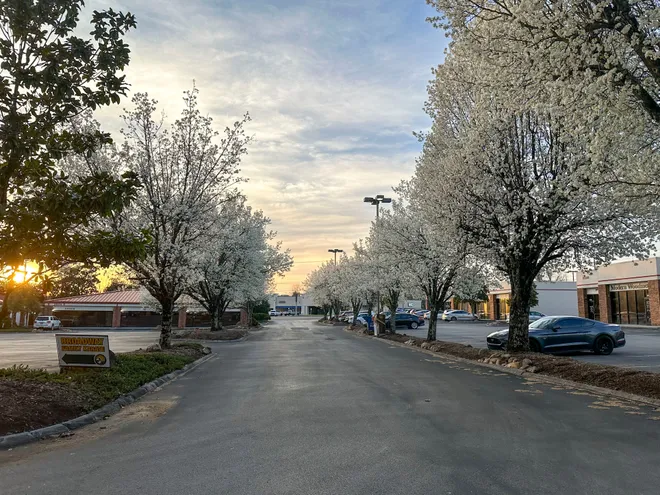
The Virginia state forestry department has added the Callery pear to its list of invasive plants – as have several other states. And in April, the department is conducting a tree exchange giving landowners native trees to replace up to three Callery pear trees they've removed.
This is Virginia's first tree exchange – all the replacement trees are already spoken for, but the department hopes to expand it next year, Chamberlin said. "But another big part of the program is just making the public aware of Callery pear (trees) and that it actually is invasive," she said.
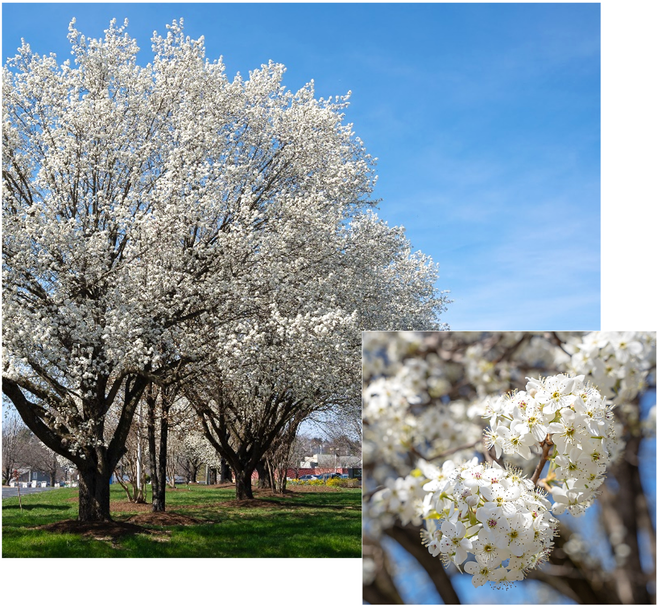
A tree's last days:Stumpy, D.C.'s beloved short cherry tree, to be uprooted after cherry blossoms bloom
Why are Bradford pear trees and Callery pear trees bad?
“Few trees possess every desired attribute,” The New York Times wrote back in 1964, “but the Bradford ornamental pear comes unusually close to the ideal.”
How did a tree that seemed perfect to fit into front yards and surround sidewalks branch out to become Public Enemy No. 1 for many state conservationist and forestry officials? Weird science.
The original Bradford pear tree was ideal for planting because it was thought to be sterile in that it could not reproduce.
Plant breeders continued to tweak Callery pear tree progeny – the Bradford pear tree and other cultivars (or clones) such as Aristocrat, Chanticleer, Cleveland Select and Santa Clara are all part of the Pyrus calleryana (Callery pear) species.
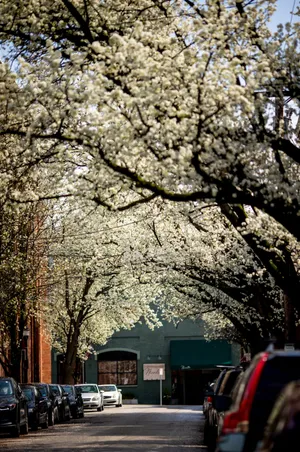
One reason plant breeders tried new types of Callery pear trees: Bradford trees, which can grow to 20-feet-to-30-feet-tall, are also prone to splitting and breaking, especially in windy weather.
But somewhere along the line other Callery pear trees and Bradford pear trees cross-pollinated and some began producing viable fruit. Birds and mammals eat the fruit and poop out the seeds, often far from the tree from which it came.
So that Bradford pear tree in your yard or along Main Street looks innocent – despite the pungent scent its blooms exude to attract pollinators. But the seeds may be spread far and wide by creatures snacking on the fruit (not edible for humans).
The progeny are creating bigger problems as an invasive species that overwhelms native plants and is hard to eradicate. "When it was introduced here it did well, a little too well," Chamberlin said. "We're now realizing it is aggressively invading our natural areas."
Why are states banning Callery pear trees?
Callery pear trees grow fast and once they get into a location they can steal nutrients, sun and moisture from native plants. Unlike the Bradford pear trees, these have tough thorns and, as they spread, create dense thickets.
"They will pop tires so it makes it tricky, when it comes time to harvest timber or getting equipment in for management activities," said David Coyle, an assistant professor in Clemson University's Department of Forestry and Environmental Conservation.
"So you've got to get machines with metal tracks on them. These things will also really quickly take over pastures and old fields. So it makes it really hard if you've got livestock."
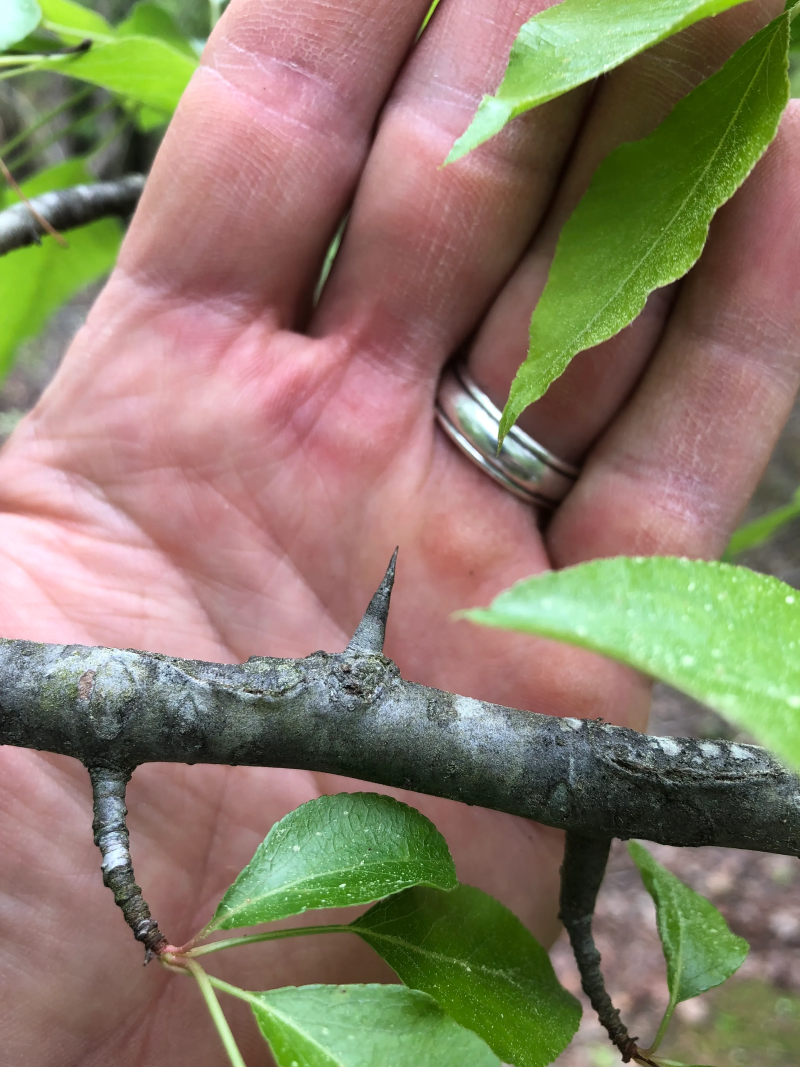
Coyle noticed how the trees had spread in the South from doing research with the U.S. Department of Agriculture Forest Service in the early 2000s to becoming a professor at Clemson in 2018.
He made stopping the spread of the Callery pear trees – and continued sale of the Bradford pear tree – his "number one priority" and helped organize Clemson Extension and the South Carolina Forestry Commission's Bradford Pear Bounty program in 2020.
South Carolina put the Callery pear tree on its list of state plant pests in 2021 and passed a ban on the sale of Bradford pear trees and any trees grown using the Pyrus calleryana rootstock, effective Oct. 1, 2024.
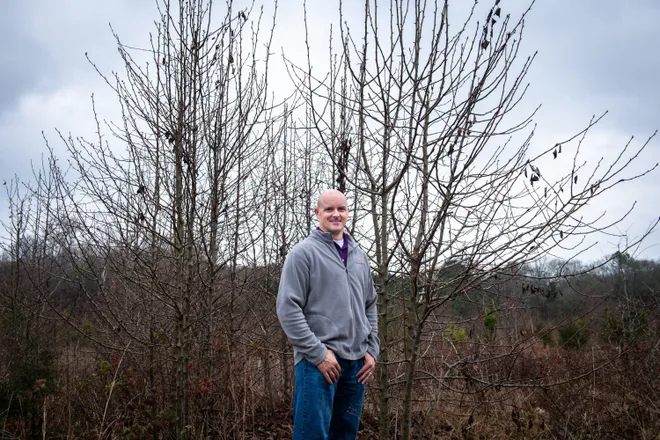
Bradford pear trees: Kansas, Missouri and North Carolina among other states taking action
Callery pears trees can be found in "the eastern U.S. from New Jersey to Illinois and south to Texas, according to Invasive.org, a joint project of the the University of Georgia's Center for Invasive Species and Ecosystem Health and U.S. Department of Agriculture that tracks invasive plants, insects and other pathogens.
States face different challenges from the species. "We're not at a tipping point beyond where it's out of control so bad that we can't do anything about it," said Ryan Rastok, a forest health coordinator with the Kansas Forest Service.
Seeing how in some other states "it's much worse, we're using that to say, you know, maybe we need to do something about this," Rastok said. "It's extremely difficult to kill once it's established."
Here's what some states are doing to combat Callery pear trees' spread.
- Alabama: The Alabama Cooperative Extension System considers the Callery pear tree an invasive species because they are "rapidly growing trees that can form dense thickets, outcompeting native plants for light, water, and nutrients."
- Arkansas: The University of Arkansas Cooperative Extension Service considers Bradford pear trees invasive. "While the blooms are lovely, the trees do not weather well over time and are considered invasive," it says.
- Georgia: The Georgia Forestry Commission lists Callery pear trees as a culprit in its Invasive Plant Control Program, administered with the U.S. Forest Service. Landowners who treat their land to rid it of invasive species can get reimbursed $60 per acre for areas treated.
- Indiana: The state has put Callery pear trees on its list of invasive plants. The state's Department of Natural Resources recommends cutting larger trees down to a stump, then treating the stump with an herbicide.
- Kansas: In February 2024, Kansas the state agriculture department enacted a quarantine on the trees, which takes effect Jan. 1, 2027, preventing the trees from being moved within the state or being brought into the state. The Kansas Forest Service, with the help of several other organizations, is holding Callery Pear Buyback events in April and May in eastern Kansas and the Kansas City area.
- Kentucky: The University of Kentucky College of Agriculture, Food and Environment worked with other local groups to hold Bradford Pear Tree Bounty Program in 2022 and 2023.
- Minnesota: The state designated Callery pear trees as a noxious weed and has begun a three-year production phase-out period; the trees cannot be sold in 2026, according to the state's agriculture department.
- Missouri: A bill in the state's House of Representatives would halt future sales of Callery pear trees and five other invasive species in 2026. The Missouri Invasive Plant Council, which includes Callery pear trees on its list of invasive plants, began a tree buyback program in 2019 with the support of the Missouri Department of Conservation. It has Callery Pear Buyback events scheduled across the state on April 23 (registration is open until April 15).
- North Carolina: The state has a Bradford Pear Bounty program with spring events April 6 and May 4.
- Ohio: Ohio banned the sale and planting of Callery pear trees in 2023.
- Pennsylvania: The state's ban on the Callery pear tree went into effect in February.
- Tennessee: The Tennessee Invasive Plant Council deems Bradford and Callery pear trees an "established" invasive threat.
- Virginia: Callery pear trees are on the Department of Conservation and Recreation's invasive plants list. The state also has a Callery pear exchange program, with trees to be picked up April 20. (Unfortunately, all replacement trees are spoken for. The forestry department hopes to expand its program in 2025.)
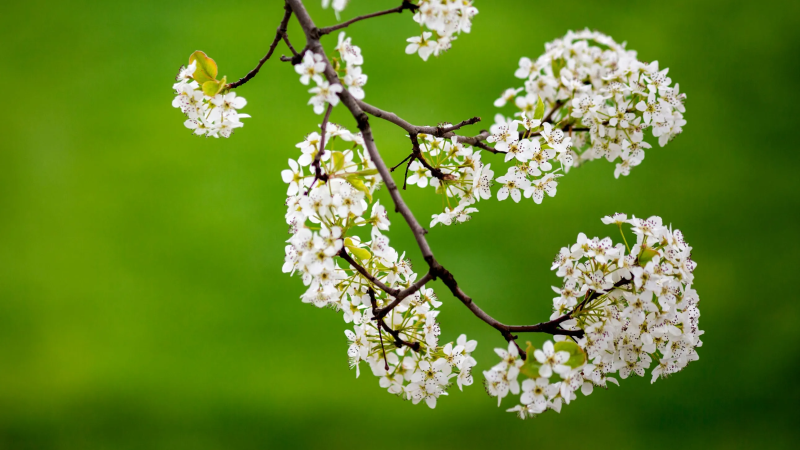
What can you do about invasive Bradford pear trees?
Even if your state isn't proactively combating Bradford pear trees and Callery pear trees, you can do your part. When it comes time to plant trees choose a native species.
"Choosing non-invasives can beautify yards without negatively impacting natural habitats and the food webs that depend on them," said Angela Sokolowski, invasive species coordinator at the Missouri Department of Conservation. "Native species will benefit nature the most, as those plants evolved as key components of the natural food chains of pollinators, birds, and other wildlife."
Most states have an extension service on line with information about native plants and trees – and invasive species.
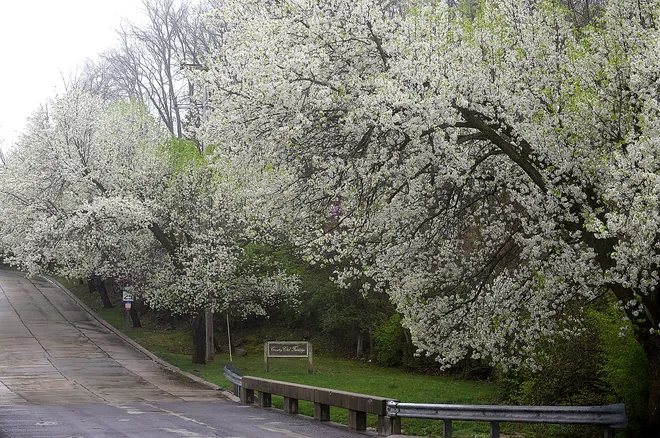
Meanwhile, Coyle and other experts are looking at the best ways to destroy the prickly invaders.
Small saplings can be pulled from the ground. But bigger trees and groupings require cutting the tree down and treatment with herbicide to prevent it from sprouting again – and in some cases burning them down.
"So it goes from a potential one-step process to a two-step, much more expensive process once they get woody and thorny," Coyle said. "We're trying to figure out timing and efficacy and management practices. Progress takes time."
Follow Mike Snider on X and Threads: @mikesnider & mikegsnider.
What's everyone talking about? Sign up for our trending newsletter to get the latest news of the day
Disclaimer: The copyright of this article belongs to the original author. Reposting this article is solely for the purpose of information dissemination and does not constitute any investment advice. If there is any infringement, please contact us immediately. We will make corrections or deletions as necessary. Thank you.





